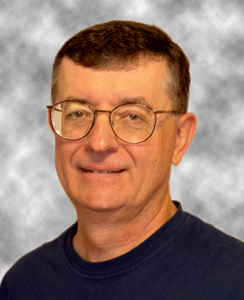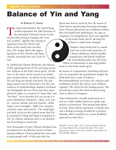

Shiatsu is a form of bodywork developed and practiced in Japan over the last seventy years. It means simply “finger pressure.” Its principal proponent was Masunaga who expanded the traditional Chinese meridian system and devised a method of assessment of the energetic state (the Qi) of the client by means of palpating the hara. The hara is located in the abdomen and forms a map of the states of the 12 traditional Chinese organ and meridian networks in the body. By determining which organ is most excess and which organ is most deficient, the therapist forms a treatment plan to dissipate excess energy and tonify areas that are lacking. He performs this by stretches and rapid motions along the affected meridians to disperse excesses. For deficiencies, he applies slow and deep pressure to tonify meridians that are lacking. In this way balance is brought to the energetic system in the body. Shiatsu is done on a mat on fully clothed clients. The Masunaga method is referred to Zen Shiatsu.
All forms of Asian bodywork are based on Traditional Chinese Medicine. At TCM-Shiatsu, the concentration is more on the classical assessment techniques used by acupuncturists and practitioners of herbal medicine. This consists in what is known as the “Four Pillars of Assessment.” Questioning, listening, observing and palpating. Classical practitioners of Chinese Medicine can tell by observation, feeling the pulse and examining the tongue what organ/meridian systems are in excess and what are deficient. These states of the energy can be described by a number of patterns in Chinese Medicine. In most cases, there are a number of patterns appearing at the same time. For example, take a client with lower back pain. This is classically a case of Kidney deficiency in the Chinese Medicine sense. However, the deficiency makes the client vulnerable to external factors such as wind and cold that must be dispersed before the underlying deficiency is address. The external factors are what are causing the pain and must be dealt with first.
Treatment of the client at TCM-Shiatsu consists of many of the treatment techniques from Zen Shiatsu such as stretches and pressure along the meridians. Whereas Zen is a meridian based system, TCM-Shiatsu is point based. Along the classical meridians are almost 500 points that are affective in treating the energy system. These points are used by acupuncturist with needles. At TCM-Shiatsu, we use acupressure on these points to bring about the same affect. Usually, this is finger pressure but can also can be elbow or knee pressure.
Periodically during the treatment session, the therapist checks the pulse and solicits feedback from the client to gauge the progress of the session. The session takes about an hour with a half-hour for initial assessment. Recommendations on diet and exercise round out the session.Donald C. Lewns b TCM-Shiatsu b info@TCMShiatsu.com
